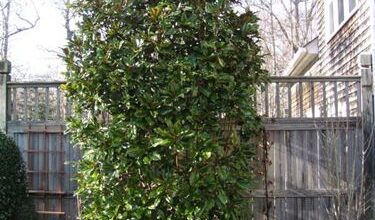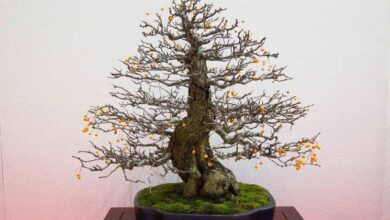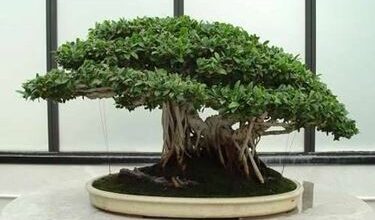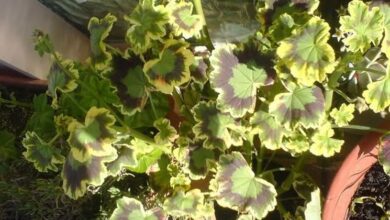Potted olive tree
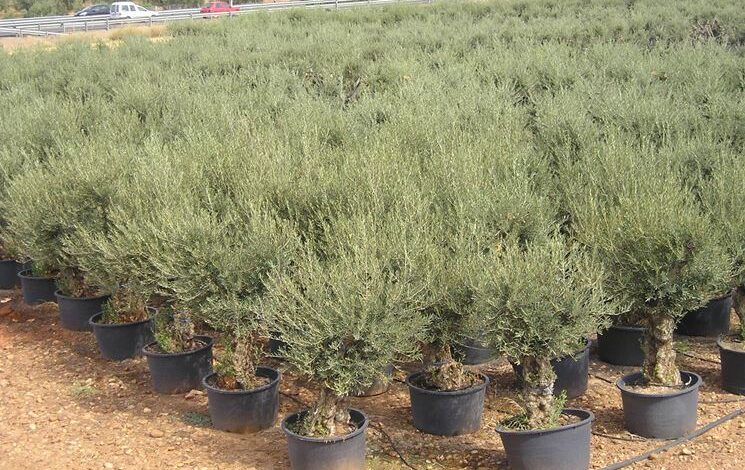
The choice of the potted olive tree
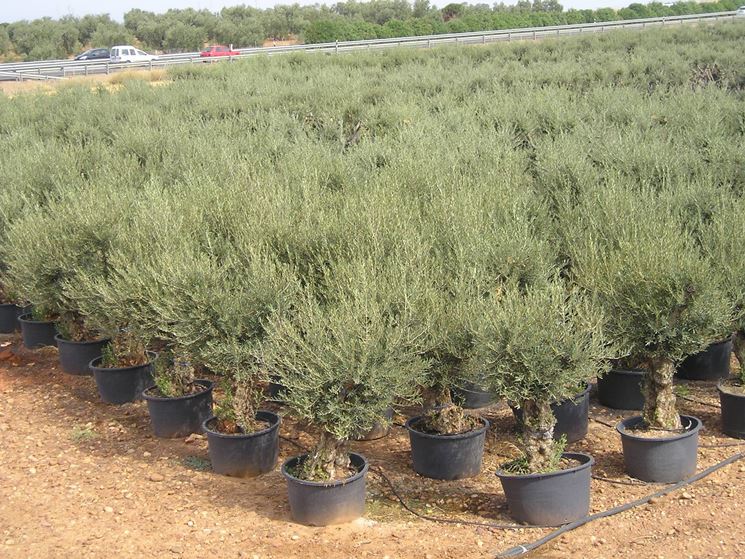
First steps for the cultivation of olive trees in pots
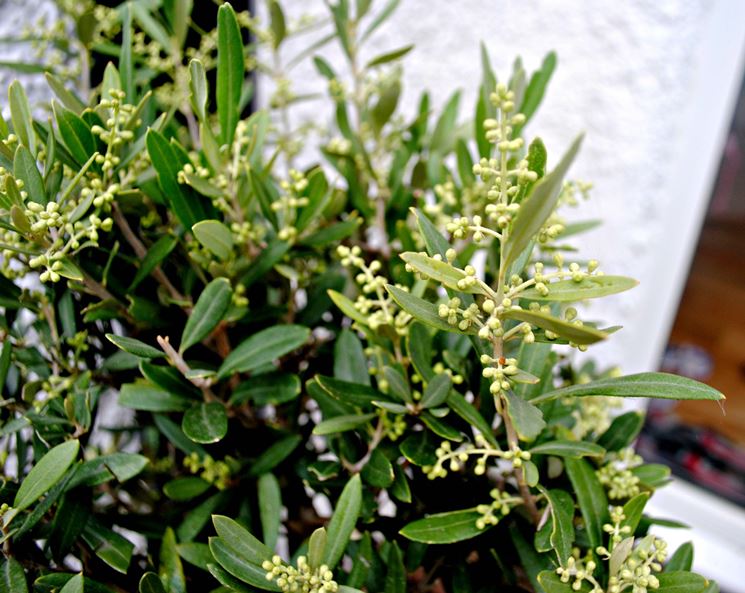
The olive tree is an evergreen plant that loves the sun, resists drought, but suffers from the cold. It is advisable to place the olive tree in a pot, on the balcony or terrace, in a place exposed to the sun, preferably facing south, sheltered from cold winds. During the winter, it is good to put the olive tree in a pot in a sheltered place, to protect it from frosts and, if possible, take it inside the house, in a sunny room and with a temperature that does not exceed 15 degrees. The roots of the olive tree are superficial and expanded and we can place our plant in a not very deep vase, preferably terracotta, with a size equal to half the diameter of the crown. The soil is very important for young potted olive trees: it must be sufficiently nutritious and very well drained, to avoid stagnation of water that are harmful to the health of the plant. The ideal soil mixture is made up half of universal soil, which creates the substrate, and half of sand, peat and volcanic garden lapillus, which form the draining part, with the addition of mature manure, which enriches the soil.
Seasonal care for the potted olive tree
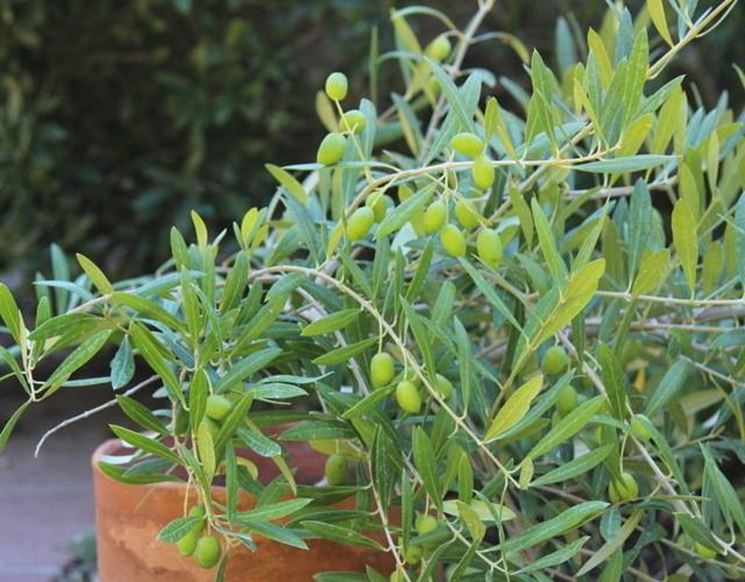
The olive tree does not require a lot of work, but little attention, especially in spring and winter. The end of the vegetative rest, between February and March, is the suitable period for repotting, fertilization and pruning. Every year the superficial layer of the soil must be replaced, taking care not to damage the roots, while every two years, at least for young plants, it is advisable to repot, replacing the soil to keep it fertile and drained. Once the soil has been prepared, the olive tree will be fertilized with a liquid fertilizer administered together with the water for watering. From mid-March the flowering of the plant begins and from May the first fruits are produced which reach maturity between October and December. In this period it is important to proceed with watering, which must not be abundant, every 2 or 3 times a week in spring and summer and once a month in autumn. During the winter, the olive tree must not be watered and must be protected from frost with a mulch of straw and leaves on the ground and covering the plant with non-woven fabric or using a copper-based product on the leaves.
Olive tree in vase: The pruning of the olive tree in a vase
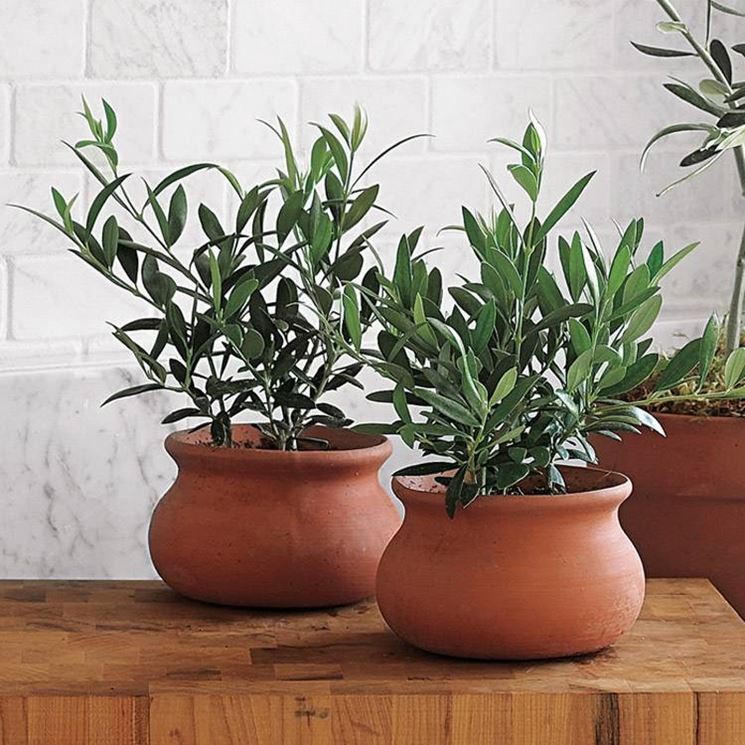
The ideal period for pruning olive trees in pots is between the end of winter and the beginning of spring. Especially in the first years of life, the pruning intervention aims to give the plant a shape that meets our needs for space and aesthetic taste, trying to maintain the posture that is typical of the variety of olive we have chosen, left to grow freely in kind. Alongside this «training pruning», any dry or broken branches must also be eliminated. Furthermore, it is necessary to remove those branches that show an irregular trend or tend to go inwards or that run parallel to the trunk. Even any branches, complete with twigs and leaves, which grow directly from the base of the tree (suckers), they must be eliminated. Pruning must be carried out with well-sharpened tools in order to obtain clean and precise cuts, avoiding to procure too large scars to the plant.

